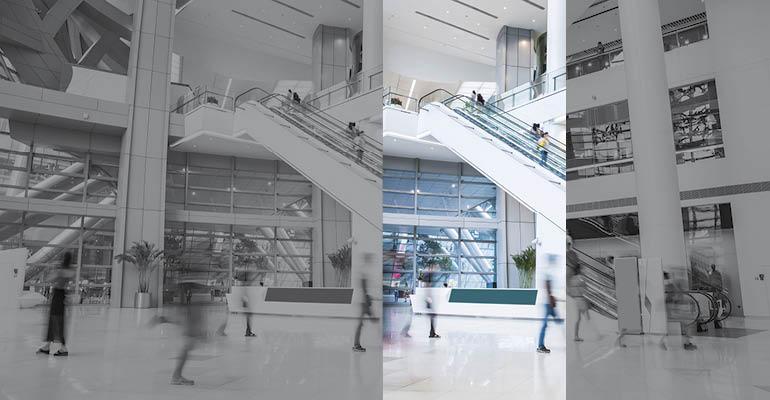The outlooks for both occupancy rates and rents eroded considerably in this year’s survey compared to the past two years.
Overall, 46.0 percent anticipate no change in regional occupancies over the next 12 months, while 22.3 percent expect occupancy rates to increase. (The percentage of respondents expecting occupancy rates to fall jumped up from 15.9 percent in 2016 and 8.9 percent in 2015). In addition, 31.7 percent expect occupancy rates to rise, a marked decline from the 41.2 percent who expected occupancies to rise in 2016 and 55.3 percent who said so in 2015. Respondent views on the national retail market were similar. Overall, the number expecting occupancy rates to rise nationally came in at 34.8 percent—down from 41.0 percent in 2016 and 61.9 percent in 2015. In addition, 27.3 percent this year said they expected no change (compared with 35.2 percent in 2016 and 25.9 percent in 2015). And the percentage expecting occupancies to fall nationally jumped to 37.9 percent—up from 23.8 percent in 2016 and 12.1 percent in 2015.
The vacancy rate at U.S. regional malls stood at 8.1 percent in the second quarter 2017, up from 7.9 percent in the first quarter, according to Reis. For neighborhood and community centers, the vacancy rate was 10.0 percent in the second quarter, up from 9.9 percent in the first quarter.
Respondents were also bearish on the outlook for rents.
Almost one-quarter of respondents in this year’s survey (24.2 percent) said they expect rents to fall in the next 12 months. (That’s up from 9.8 percent in 2016 and a microscopic 1.6 percent in 2015). About one-fifth of respondents said there will be no change (21.6 percent vs. 23.9 percent in 2016 and 20.6 percent in 2015). A majority (54.2 percent) still expect rents to rise, but that number has dropped from 66.3 percent in 2016 and a high of 77.9 percent in 2015.
Retail asking rents increased 0.4 percent to $20.64 in the second quarter, according to Reis. Effective rents also increased 0.4 percent.
The outlook on development was a silver lining in this year’s survey. While concerns about development rose year-over-year, the percent of respondents who said there is “too much” development came in at just 22.5 percent. The majority of respondents (56.1 percent) said there is the “right amount” of development occurring. Meanwhile, only 10.8 percent said “too little” development is taking place.
Research Methodology: In July, NREI emailed commercial real estate professionals requesting participation in an online survey about retail real estate. Overall, the survey received 410 responses, half of whom identified as Owner/Partner/President/Chairman/CEO/CFO. In addition, 42 percent of respondents operate in the East, 42 percent in the South, 45 percent in the West and 36 percent in the Midwest. (Respondents could select all regions that applied.)

